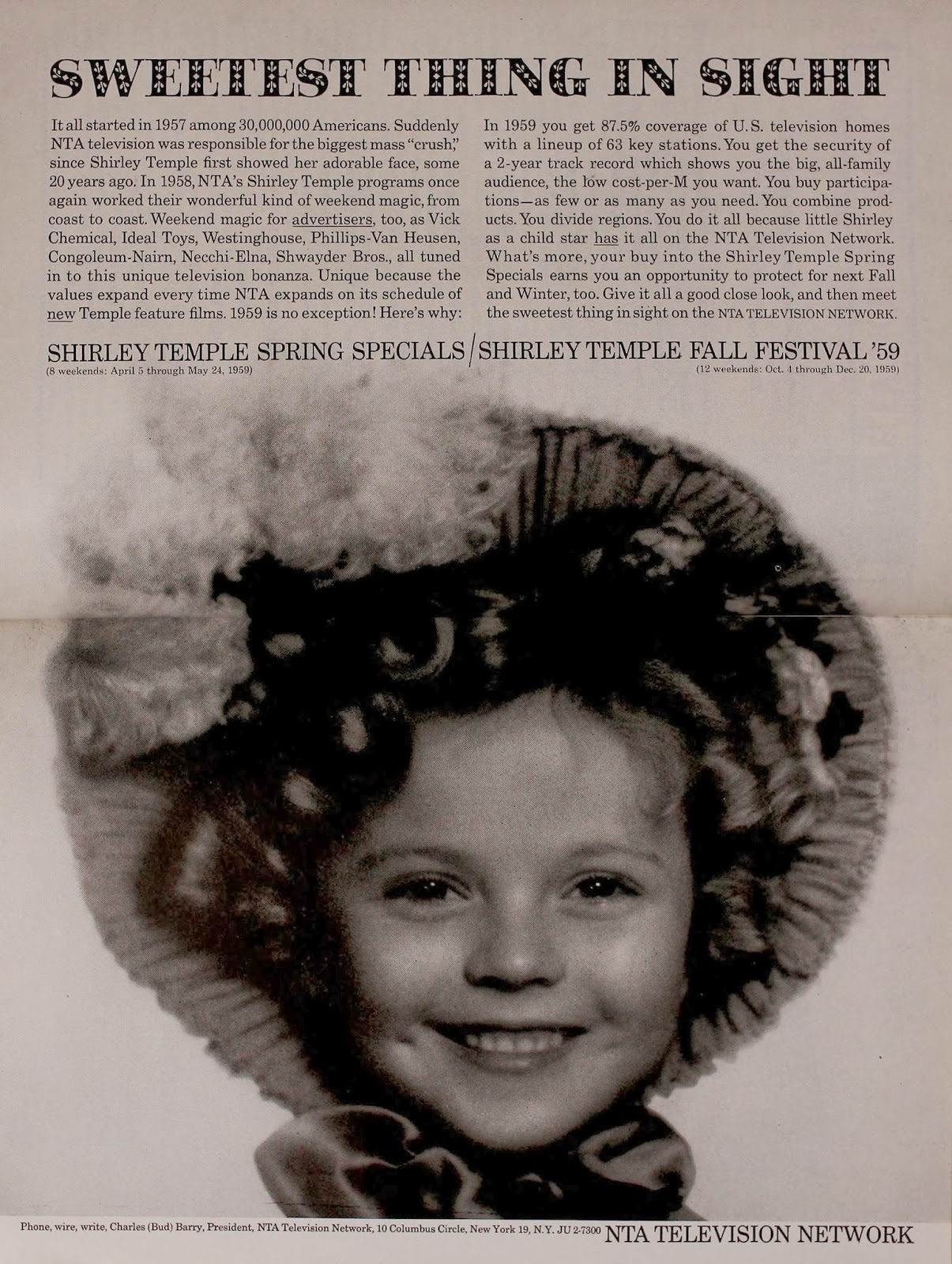This is from the Atlanta Constitution of Valentine's Day 1909; a mere 105 years ago, when the three Marxes were the Four Nightingales. That's Gummo, Lou Levy, Groucho and Harpo in the lower right photo.
Just ten months earlier they were two Marxes (sans Harpo) and Three Nightingales, here advertised in the Fitchburg (NY) Sentinel of April 16, 1908. Apparently, and despite the legend, comedy was a fixture of their act early on, hence the sub-billing as "The Merry Funsters"... or is it "Punsters"? (Probably not; no Chico yet.)
The titles listed at top were not acts, but the ditties to be featured in the "illustrated songs" portion. (If not for that last one, I would've been at a complete loss.)
+Times-Tribune+3-14-11+advert+p2.JPG) In Harpo Speaks, the "silent" brother's massive autobiography, an otherwise forgotten vaudevillian named Mons Herbert makes a cameo appearance. Mr. Herbert was evidently prone to wager his meager salary at the card table, which delighted Harpo as the poor fellow had a habit of tipping the quality of his hand by the number of gold teeth he'd flash. Onstage, according to Harpo, Herbert "blew up a turkey until music came out of its ass." This, as you can see, is barely hinted at in an ad for Waterloo Iowa's Orpheum bill of March 14, 1911. (Note too that in this early stage Fun in Hi Skool was also tltled "Skool Goils and Boiz.")
In Harpo Speaks, the "silent" brother's massive autobiography, an otherwise forgotten vaudevillian named Mons Herbert makes a cameo appearance. Mr. Herbert was evidently prone to wager his meager salary at the card table, which delighted Harpo as the poor fellow had a habit of tipping the quality of his hand by the number of gold teeth he'd flash. Onstage, according to Harpo, Herbert "blew up a turkey until music came out of its ass." This, as you can see, is barely hinted at in an ad for Waterloo Iowa's Orpheum bill of March 14, 1911. (Note too that in this early stage Fun in Hi Skool was also tltled "Skool Goils and Boiz.")As is well known among Marxologists, Groucho - Julius, actually - was the first of the brothers to appear on stage. One of his earliest gigs was in support of Lily Seville in something called The Lady and the Tiger. This ad is from the San Antonio Gazette of January 6, 1906. Although their act is touted as "direct from Paris," Miss Seville and 15-year-old Master Marx are listed among the extra attractions at bottom, just before the illustrated songs and "Kinetograph Views," a pretentious term for "flickers."
My own favorite discovery comes from much later, when the Four Marx Brothers that we're used to seeing traveled to England in May 1922 - a journey that got them blackballed from big time vaudeville because they didn't clear it through the Keith-Orpheum booking office, which itself led indirectly to I'll Say She Is and Broadway stardom. Ancestry.com has yielded the brothers' passport photos. Chico and Groucho are each accompanied by the missus (evidently wives didn't get their own passports in 1922), while bachelors Zeppo and Harpo - the latter looking like he'd been out all night partying before sitting for his picture - are solo.









